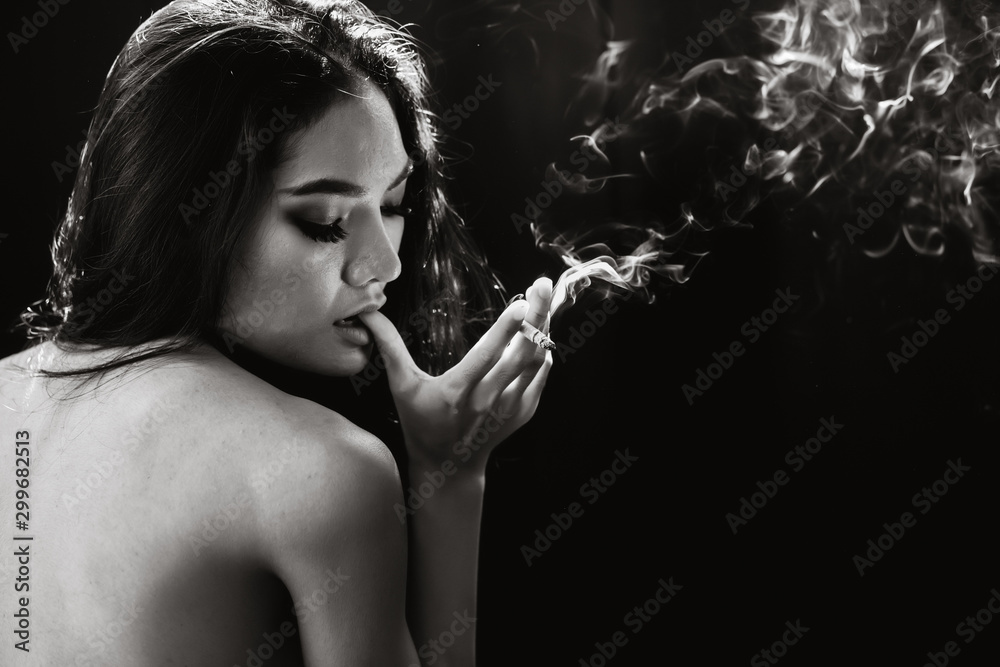
Smoking cigarettes has long been associated with various cultural practices and personal choices. Beyond its controversial reputation, cigarettes have evolved into more than just a nicotine delivery system. They have become an art form, showcasing intricate craftsmanship in their design, packaging, and even the act of smoking itself. In this article, we delve into the world of cigarettes as an art form, exploring their historical evolution, the techniques and materials used in crafting them, the artistic approach to branding, the aesthetics and rituals associated with smoking, and the controversies surrounding this unique form of art.
Introduction
From the early days of tobacco use, cigarettes have undergone a significant transformation. Initially, smoking was primarily a means of consuming tobacco, but over time, it became intertwined with cultural practices, rituals, and personal preferences. Today, cigarettes encompass a wide array of design elements, from the materials used to craft them to the packaging that encases them. This article aims to shed light on the artistic aspects of cigarettes, highlighting their craftsmanship and the allure they hold for many individuals.
The Evolution of Cigarettes as an Art Form
Historical background
Cigarettes have a rich history that dates back centuries. Native Americans were among the first to utilize tobacco, primarily through smoking pipes or hand-rolled cigars. However, it was not until the 19th century that cigarettes, as we know them today, began to take shape. With the advent of industrialization and advances in tobacco processing, cigarettes became more accessible and gained popularity.
The rise of cigarette culture
As cigarettes became more widely available, they started to become embedded in various cultural practices. Smoking became a social activity, with individuals gathering to share conversations and indulge in the pleasure of smoking together. This rise in cigarette culture led to a greater emphasis on the aesthetics and overall experience of smoking.
Artistic elements in cigarette design
Cigarette manufacturers began to recognize the importance of aesthetics in their products. They started incorporating artistic elements into cigarette design, including intricate patterns, embossed textures, and vibrant colors. These artistic touches transformed a simple cigarette into a visually appealing object, appealing to consumers’ senses and creating a unique experience.
Crafting Cigarettes: Techniques and Materials
Hand-rolled vs. machine-made cigarettes
The process of crafting cigarettes can be categorized into two main methods: hand-rolling and machine production. Hand-rolled cigarettes are often associated with artisanal craftsmanship, where skilled individuals carefully assemble tobacco leaves and roll them into a cigarette shape. Machine-made cigarettes, on the other hand, involve automated processes that mass-produce cigarettes at a faster rate.
Quality tobacco selection
Crafting a fine cigarette requires careful consideration of the tobacco itself. Tobacco selection plays a crucial role in achieving the desired flavor, aroma, and smoking experience. Different tobacco varieties, such as Virginia, Burley, and Oriental, are often blended to create unique tobacco blends that cater to diverse consumer preferences.
Additives and flavors
To enhance the smoking experience, cigarette manufacturers may incorporate additives and flavors into their products. These additives can range from humectants that preserve the tobacco’s moisture to menthol capsules that release a refreshing burst of flavor. The careful selection and application of additives contribute to the overall craftsmanship of a cigarette.
Innovative packaging designs
In addition to the cigarette itself, the packaging design has also become an integral part of the art form. Cigarette manufacturers invest significant effort into creating innovative packaging designs that captivate consumers’ attention. Intricate patterns, embossed logos, and unique opening mechanisms all contribute to the artistic appeal of cigarette packaging.
Cigarette Branding: An Artistic Approach
Brand identity and visual communication
Cigarette brands often rely on strong visual communication to convey their identity. The design elements used in branding, such as logos, colors, and typography, play a crucial role in establishing brand recognition and loyalty. These artistic choices help differentiate one brand from another in a crowded market.
Iconic cigarette logos and packaging
Throughout history, certain cigarette brands have managed to create iconic logos and packaging designs. These visual representations have become instantly recognizable and associated with specific brands. From the elegance of the Marlboro cowboy to the sleek simplicity of the Camel logo, these icons have become intertwined with the concept of cigarette artistry.
Collaborations with renowned artists
To further elevate the artistic appeal of their products, cigarette companies have collaborated with renowned artists. These collaborations bring together the worlds of tobacco and art, resulting in limited edition packaging designs or even specially curated art collections. By bridging these two domains, the artistry of cigarettes reaches new heights.
The Art of Smoking: Rituals and Aesthetics
Smoking as a form of self-expression
For many smokers, the act of smoking extends beyond the consumption of tobacco. It becomes a form of self-expression, allowing individuals to communicate their personal style and identity. The choice of cigarette brand, the way it is held, and even the rituals associated with smoking all contribute to the aesthetics and individuality of the smoker.
Artistic cigarette accessories
The artistry of cigarettes extends to the accessories associated with smoking. From exquisitely crafted cigarette cases to elegant lighters and ashtrays, these accessories add an extra layer of sophistication and artistry to the smoking experience. They become not only functional objects but also artistic expressions of personal taste.
Symbolism and cultural significance
Cigarettes have often been laden with symbolism and cultural significance. In certain contexts, smoking can be seen as a symbol of rebellion, sophistication, or even a means of communication. The act of smoking has been portrayed in countless works of art, literature, and cinema, further emphasizing its connection to broader cultural narratives.
The Controversy of Cigarette Art
Health concerns and public perception
While cigarettes may be regarded as art forms, they are not without their controversies. The health risks associated with smoking are well-documented, and public perception has shifted over time. The juxtaposition of an art form that can have detrimental health effects raises ethical and societal questions that need to be addressed.
Balancing artistic appeal and responsibility
Cigarette manufacturers face the challenge of balancing the artistic appeal of their products with the responsibility they have towards consumers’ health. Striking a delicate balance between artistic expression and transparency about the risks of smoking is crucial. This challenge prompts ongoing debates and discussions within the industry




